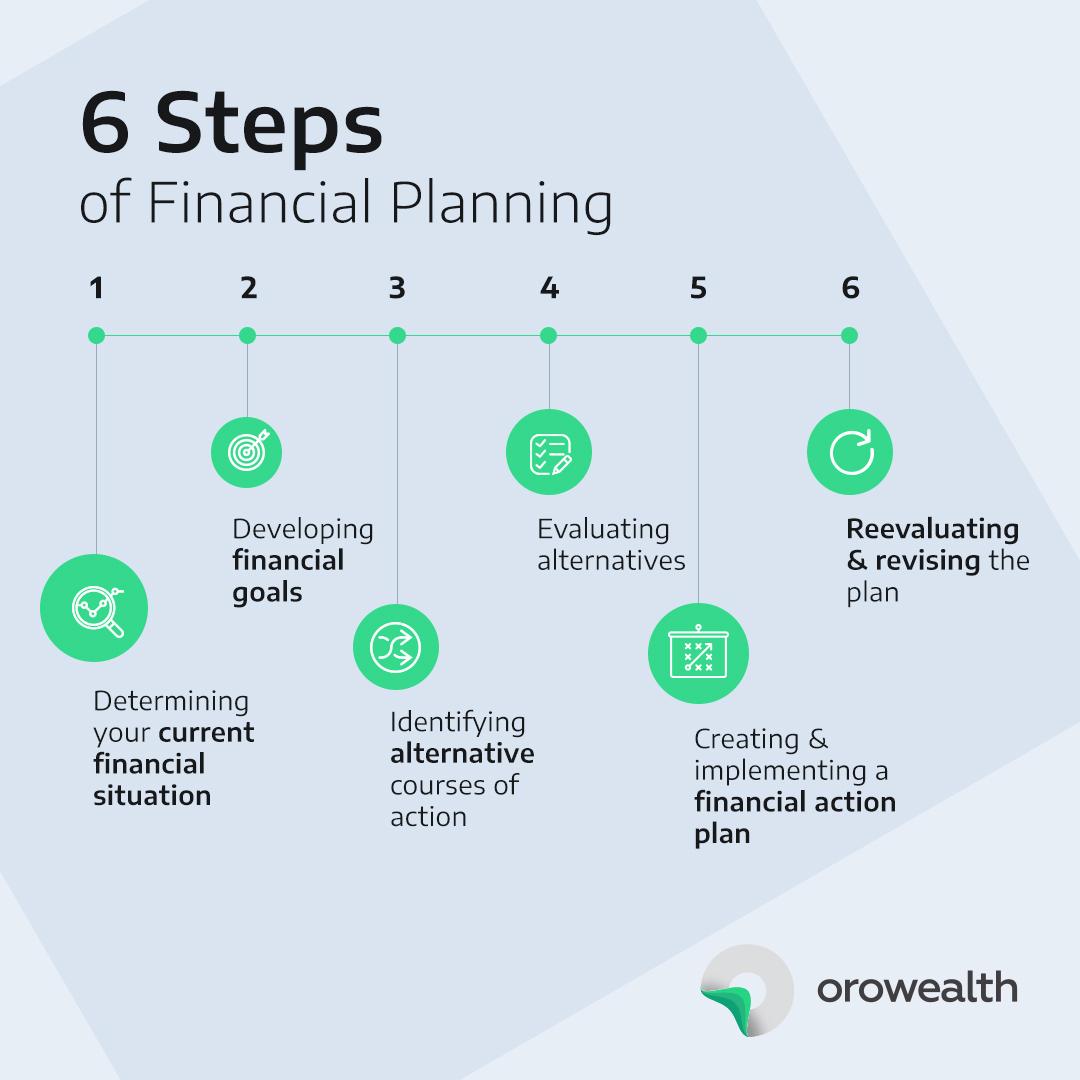The rising costs of education prompt families to explore various financial strategies to help cover tuition and associated expenses. One increasingly popular option is a tax-free savings account that can only be used for educational expenses. These accounts not only provide tax benefits but also help individuals manage their educational expenses effectively. This article examines the structure, benefits, and eligibility criteria for these specialized savings accounts.
What is a Tax-Free Savings Account for Educational Expenses?
A tax-free savings account designated for educational expenses is a financial account that allows individuals to save money without incurring taxes on the earnings when the funds are used exclusively for qualifying educational costs, such as tuition, fees, books, and supplies. This type of account helps families lessen the financial burden of education while promoting savings specifically for learning purposes.
Types of Tax-Free Educational Savings Accounts
Different types of tax-free accounts cater to educational expenses. The most common include:
- 529 Plans: These state-sponsored investment plans allow families to save for future education costs. Funds grow tax-free, and withdrawals for qualified educational expenses are also tax-free.
- Coverdell Education Savings Accounts (ESA): While similar to 529 plans, Coverdell ESAs have a smaller contribution limit and are available for qualified K-12 expenses in addition to college costs.
- Health Savings Accounts (HSA): Although primarily intended for medical expenses, HSAs can sometimes be used for certain educational costs, depending on the situation.
Key Features of Tax-Free Accounts
Below are essential features associated with tax-free savings accounts for educational expenses:
| Feature | 529 Plans | Coverdell ESAs |
|---|---|---|
| Maximum Contribution | Varies by state, often $300,000+ | $2,000 per year |
| Age Limit for Contributions | No age limit | Funds must be used by age 30 |
| Investment Options | Managed investments by states | More flexible investment choices |
| Qualified Expenses | Tuition, fees, room, board, books | K-12 expenses and college costs |
| Tax Treatment | Tax-free growth and withdrawals | Tax-free growth and withdrawals |
Benefits of Tax-Free Savings Accounts
- Tax Advantages: Contributions grow tax-free, and withdrawals for qualified educational expenses remain untaxed. This feature allows families to maximize their savings potential.
- Flexible Use: Funds can cover a range of educational expenses, including tuition, books, and supplies for both K-12 and higher education, depending on the account type.
- Control Over Investments: Account holders often have the option to choose how their funds are invested, allowing for potential growth over time.
- Low Maintenance: These accounts usually have minimal management requirements and can be automatically funded through direct deposit or regular contributions.
- State Incentives: Some states offer tax deductions or credits for contributions made to 529 plans, providing an additional incentive to save.
Eligibility Requirements
To open a tax-free savings account for educational expenses, one must meet certain eligibility criteria, which vary by account type. Most commonly, these include:
- U.S. Citizenship: The account holder must be a U.S. citizen or resident alien.
- Age Limitations: Some accounts, like Coverdell ESAs, impose age restrictions on beneficiaries.
- Income Restrictions: Certain income limits may apply for contributions, especially with Coverdell ESAs.
Recent Trends in Educational Savings
According to a report by the College Savings Plans Network (CSPN), as of 2023, there are over 12 million active 529 plan accounts in the United States, holding more than $450 billion in assets. This reflects a growing awareness and utilization of these tax-advantaged accounts among families planning for education.
| Year | Number of Active 529 Plans (Millions) | Total Assets ($ Billions) |
|---|---|---|
| 2018 | 10.4 | 300 |
| 2019 | 11.2 | 350 |
| 2020 | 11.8 | 400 |
| 2021 | 12.0 | 425 |
| 2022 | 12.4 | 445 |
| 2023 | 12.5 | 450 |
Tips for Maximizing Your Tax-Free Savings Account
To effectively manage a tax-free savings account for educational expenses, consider these practical strategies:
- Start Early: Begin contributing as soon as possible to take advantage of compound growth.
- Set Up Automatic Contributions: Establish automatic deposits to ensure consistent funding and discipline in saving.
- Monitor Investment Choices: Regularly review your investment options to align with your risk tolerance and savings goals.
- Understand Withdrawals: Familiarize yourself with qualified expenses to ensure funds are used appropriately and tax-free.
- Consult a Financial Advisor: Discuss your options with a financial advisor specializing in educational savings to tailor a plan that suits your family’s needs.

Conclusion
Tax-free savings accounts designated for educational expenses offer families a strategic way to save for the rising costs of education. By leveraging these specialized accounts, individuals can minimize their tax liabilities while ensuring funds are available for essential educational expenses. Understanding the different account types, their features, and the benefits they provide can empower families to make informed financial decisions for a brighter educational future. As education costs continue to rise, equipped with tools like tax-free savings accounts, families can take proactive steps toward securing their educational goals.
